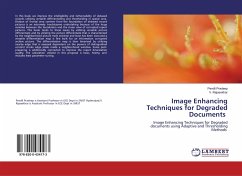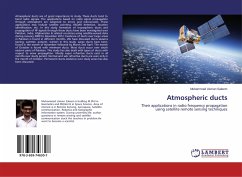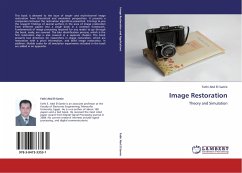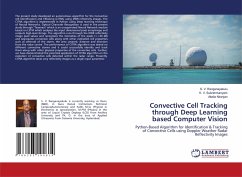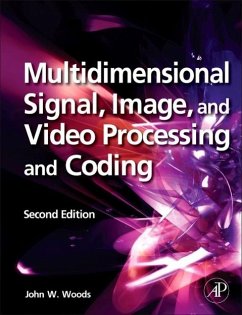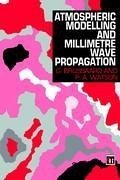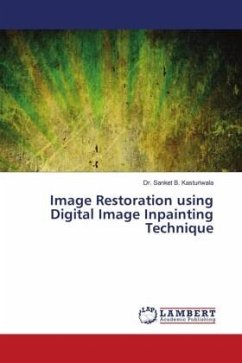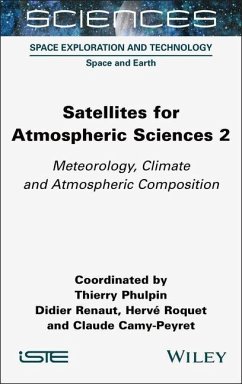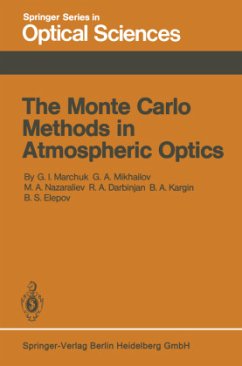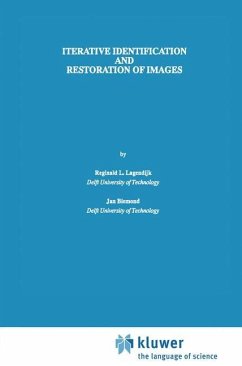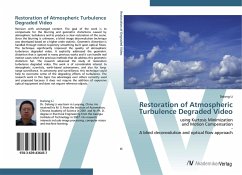
Restoration of Atmospheric Turbulence Degraded Video
using Kurtosis Minimization and Motion Compensation - A blind deconvolution and optical flow approach
Versandkostenfrei!
Versandfertig in 1-2 Wochen
32,99 €
inkl. MwSt.

PAYBACK Punkte
16 °P sammeln!
Revision with unchanged content. The goal of the work is to compensate for the blurring and geometric distortions caused by atmospheric turbulence and to produce a clear restoration of the scene. Since the blurring is unknown, a blind image deconvolution technique was developed based on a higher order statistic. Geometric distortion is handled through motion trajectory smoothing built upon optical flows. The technique significantly improved the quality of atmospheric turbulence degraded video. It explicitly addressed the geometric distortion that is ignored in many previous works and it can ha...
Revision with unchanged content. The goal of the work is to compensate for the blurring and geometric distortions caused by atmospheric turbulence and to produce a clear restoration of the scene. Since the blurring is unknown, a blind image deconvolution technique was developed based on a higher order statistic. Geometric distortion is handled through motion trajectory smoothing built upon optical flows. The technique significantly improved the quality of atmospheric turbulence degraded video. It explicitly addressed the geometric distortion that is ignored in many previous works and it can handle real motion cases when the previous methods that do address this geometric distortion fail. The research advanced the study of restoration turbulence degraded video. The work is of considerable interest to atmospheric scientists, earth-based astronomers, and also for long-range surveillance. In astronomy and surveillance, this technique could help to overcome some of the degrading effects of turbulence. The research work in this topic has advantages over others currently used and proposed because it does not require the addition of expensive optical equipment and does not require reference objects.



